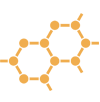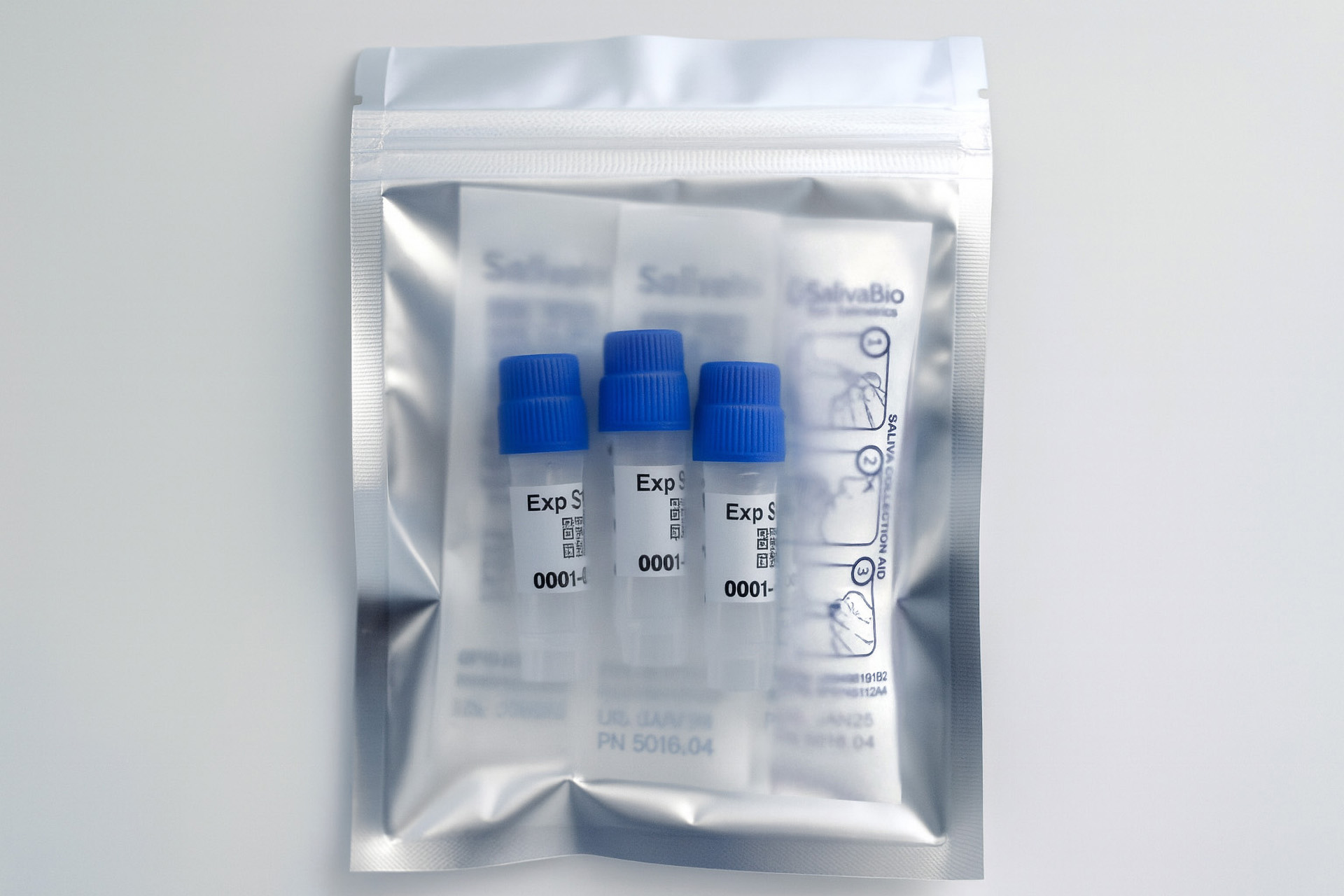Need Help?
Ask an expert
1. How to collect Salivary Interleukin-10
APPROVED SALIVARY CYTOKINE COLLECTION METHODS
Salivary Cytokine Collection Protocol
Collection volume, general considerations, and basic guidelines to maximize salivary IL-10 sample integrity. Use this analyte-specific collection protocol to plan you collection methodology and sampling schemes.

2. How to Assay for Salivary Interleukin-10
Send Saliva Samples to Salimetrics
Add to StudyEasy and accurate results from the Salimetrics CoreLab+ Laboratory.
Order Code5209
3. Technical Summary
| Analyte Summary | |
|---|---|
| Analyte: | Interleukin-10 |
| Aliases: | IL-10, human cytokine synthesis inhibitory factor (CSIF) |
| Serum-Saliva Correlation: | NA |
| Optimum Collection Volume: | 100 μL |
| Assay Summary | |
|---|---|
| Methodology: | ECL |
| Sensitivity: | 0.04 pg/mL |
| Assay Range: | 0.04 – 1420 pg/mL |
| Assay Type: | Quantitative |
Background
Human interleukin-10 (IL-10). IL-10 is mainly produced by monocytes and some lymphocytes as a 20.5 kDa, glycosylated homodimeric protein. It is an anti-inflammatory cytokine that inhibits the synthesis of numerous cytokines (including IFN-γ, IL-2, IL-3, TNF-α, TNF-β, and GM-CSF) that suppress Th1 proinflammatory responses involved in promoting phagocytosis. Secretion is at very low levels in unstimulated tissues and IL-10 regulates its own expression in a negative feedback loop. IL-10 also functions to enhance B lymphocyte survival, proliferation and antibody production. Like IL-6, IL-10 is linked to the myokines, as exercise provokes an increase in circulating levels of IL-1ra, IL-10, and sTNF-R, suggesting that physical exercise fosters an environment of anti-inflammatory cytokines. IL-10 levels are moderately elevated during acute stress (1) and oral cancer (2).
References & Salivary Interleukin-10 Research
- Szabo YZ, Newton TL, Miller JJ, Lyle KB, Fernandez-Botran R. Acute stress induces increases in salivary IL-10 levels. Stress. 2016;19(5):499-505.
- Aziz S, Ahmed SS, Ali A, Khan FA, Zulfiqar G, Iqbal J, et al. Salivary Immunosuppressive Cytokines IL-10 and IL-13 Are Significantly Elevated in Oral Squamous Cell Carcinoma Patients. Cancer Invest. 2015;33(7):318-28.
- Rajendran P, Chen YF, Chen YF, Chung LC, Tamilselvi S, Shen CY, et al. The multifaceted link between inflammation and human diseases. Journal of cellular physiology. 2018;233(9):6458-71.
- Val M, Sidoti Pinto GA, Manini L, Gandolfo S, Pentenero M. Variations of salivary concentration of cytokines and chemokines in presence of oral squamous cell carcinoma. A case-crossover longitudinal prospective study. Cytokine. 2019;120:62-5.
- Wang X, Kaczor-Urbanowicz KE, Wong DT. Salivary biomarkers in cancer detection. Med Oncol. 2017;34(1):7.
- Huck O, Buduneli N, Bravo D. Inflammatory Mediators in Periodontal Pathogenesis. Mediators Inflamm. 2019;2019:2610184.
- Silva N, Abusleme L, Bravo D, Dutzan N, Garcia-Sesnich J, Vernal R, et al. Host response mechanisms in periodontal diseases. J Appl Oral Sci. 2015;23(3):329-55.
- Gaba FI, Sheth CC, Veses V. Salivary biomarkers and their efficacies as diagnostic tools for Oral Squamous Cell Carcinoma: Systematic review and meta-analysis. J Oral Pathol Med. 2018.
- Slavish DC, Graham-Engeland JE, Smyth JM, Engeland CG. Salivary markers of inflammation in response to acute stress. Brain, behavior, and immunity. 2015;44:253-69.
- Sheth CC, Lopez-Pedrajas RM, Jovani-Sancho MDM, Gonzalez-Martinez R, Veses V. Modulation of salivary cytokines in response to alcohol, tobacco and caffeine consumption: a pilot study. Sci Rep. 2018;8(1):16687.
 Contact: Salimetrics (USA)
Contact: Salimetrics (USA)



